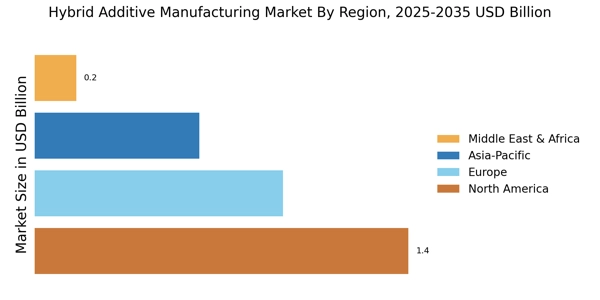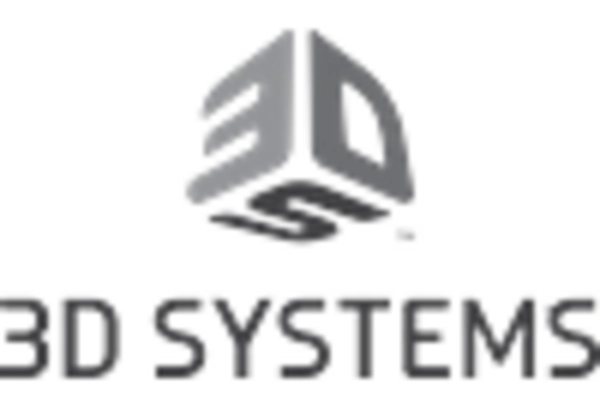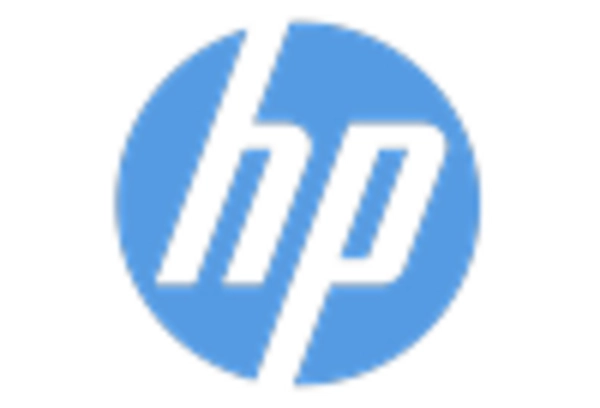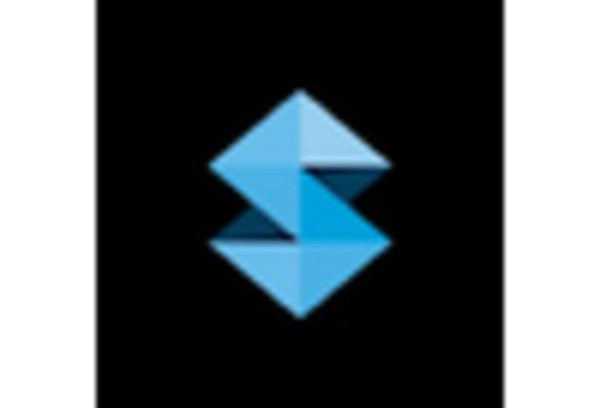Major players in the hybrid additive manufacturing market industry are continuously innovating and launching new products to cater to the changing demands of customers. These companies are also focusing on expanding their global presence through mergers and acquisitions. Leading Hybrid Additive Manufacturing Market players are investing heavily in research and development to improve the efficiency and accuracy of their products.
Indeed, the Hybrid Additive Manufacturing Market is driven by the increasing adoption of additive manufacturing in various industries, such as automotive, aerospace, and healthcare. The competitive landscape of the Hybrid Additive Manufacturing Market is characterized by the presence of a number of key players, including Stratasys, 3D Systems, EOS, and Arcam. These companies offer a wide range of products and services to meet the needs of different customers. Stratasys is a global leader in the additive manufacturing industry, offering a wide range of 3D printers and materials.
The company is present in the automotive, aerospace, and healthcare industries. 3D Systems is a major player in the additive manufacturing industry, offering a wide range of 3D printers, materials, and software. The company operates in consumer products, medical devices, and the automotive industry. EOS is an innovation leader in the field of additive manufacturing solutions. In the Hybrid Additive Manufacturing Market, EOS offers a range of 3D printers, materials, and software. The company is present in the automotive, aerospace, and medical devices industries. Arcam is a provider of additive manufacturing systems and solutions.
In the Hybrid Additive Manufacturing Market, Arcam offers a range of 3D printers, materials, and software. The company is present in the aerospace and medical devices industries.
Renishaw is the company chosen as a focus in the Hybrid Additive Manufacturing Market. Renishaw offers a range of products, including additive manufacturing systems and solutions. In the Hybrid Additive Manufacturing Market, Renishaw has developed a range of hybrid additive manufacturing systems. These systems enable the combination of the benefits of additive manufacturing, such as rapid prototyping, customization, and low material wastage, with the benefits of subtractive manufacturing, such as milling. The key benefit is the production of complex parts with high accuracy and high-quality surface finish.
Renishaw’s hybrid additive manufacturing systems are used in various industries, including aerospace, automotive, and healthcare. The company’s competitive position in the Hybrid Additive Manufacturing Market is strong, and it is a leader in research and development, constantly developing new and innovative additive manufacturing solutions.


















Leave a Comment